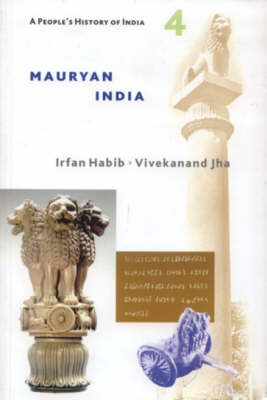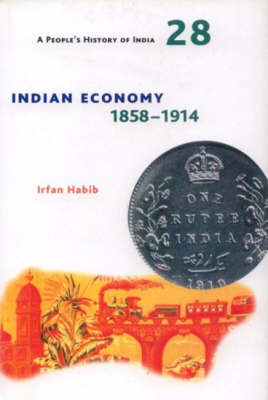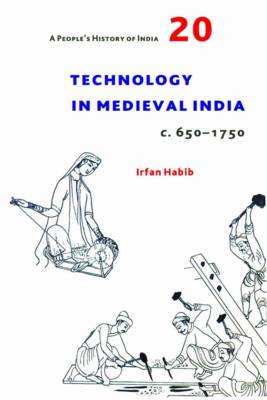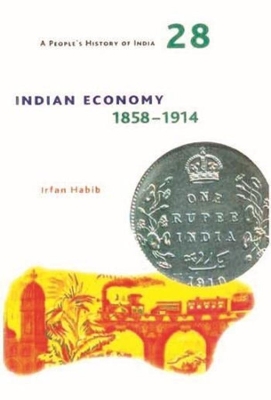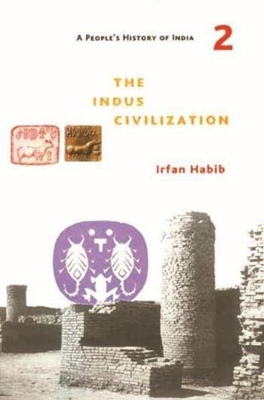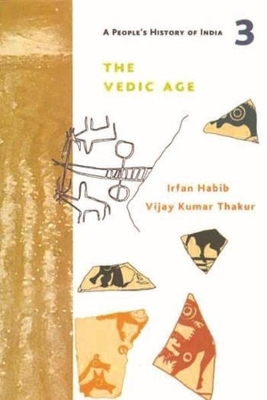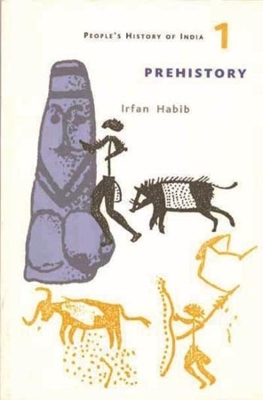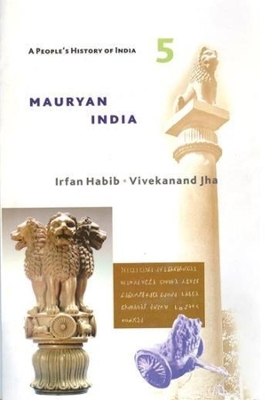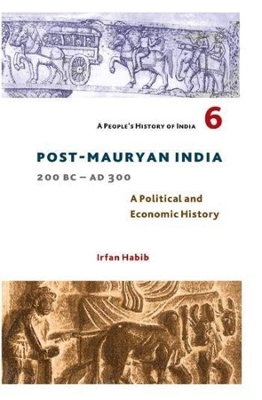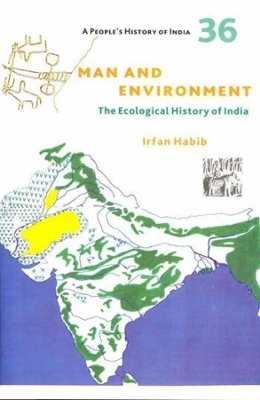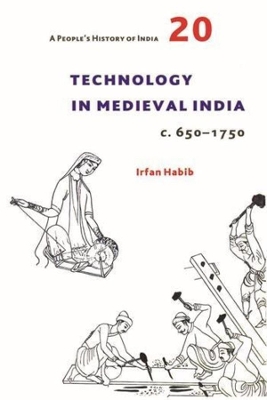People's History of India
12 total works
v. 4
v. 28
A People's History of India 3 - The Vedic Age
by Irfan Habib and Vijay Thakur
A People's History of India 5 - Mauryan India
by Irfan Habib and Vivekanand Jha
The volume is addressed to both the general reader and the student, and attempts to cover all topics that conventional textbooks include besides much other material that a 'people's history' needs to be concerned with, such as economic life, technology, social structure, gender relations, modes of exploitation, language, varied aspects of culture, etc. It is hoped that it will be considered a readable addition to what has so far been written on the Mauryan Empire.
A People`s History of India 6 - Post Mauryan India, 200 BC - AD 300
by Irfan Habib
A People`s History of India 20 - Technology in Medieval India, c. 650-1750
by Irfan Habib
It is hoped that the theme is sufficiently interesting not only for the historian but for any citizen wanting to know what common people, men and women, did with their hands and tools in earlier times.
